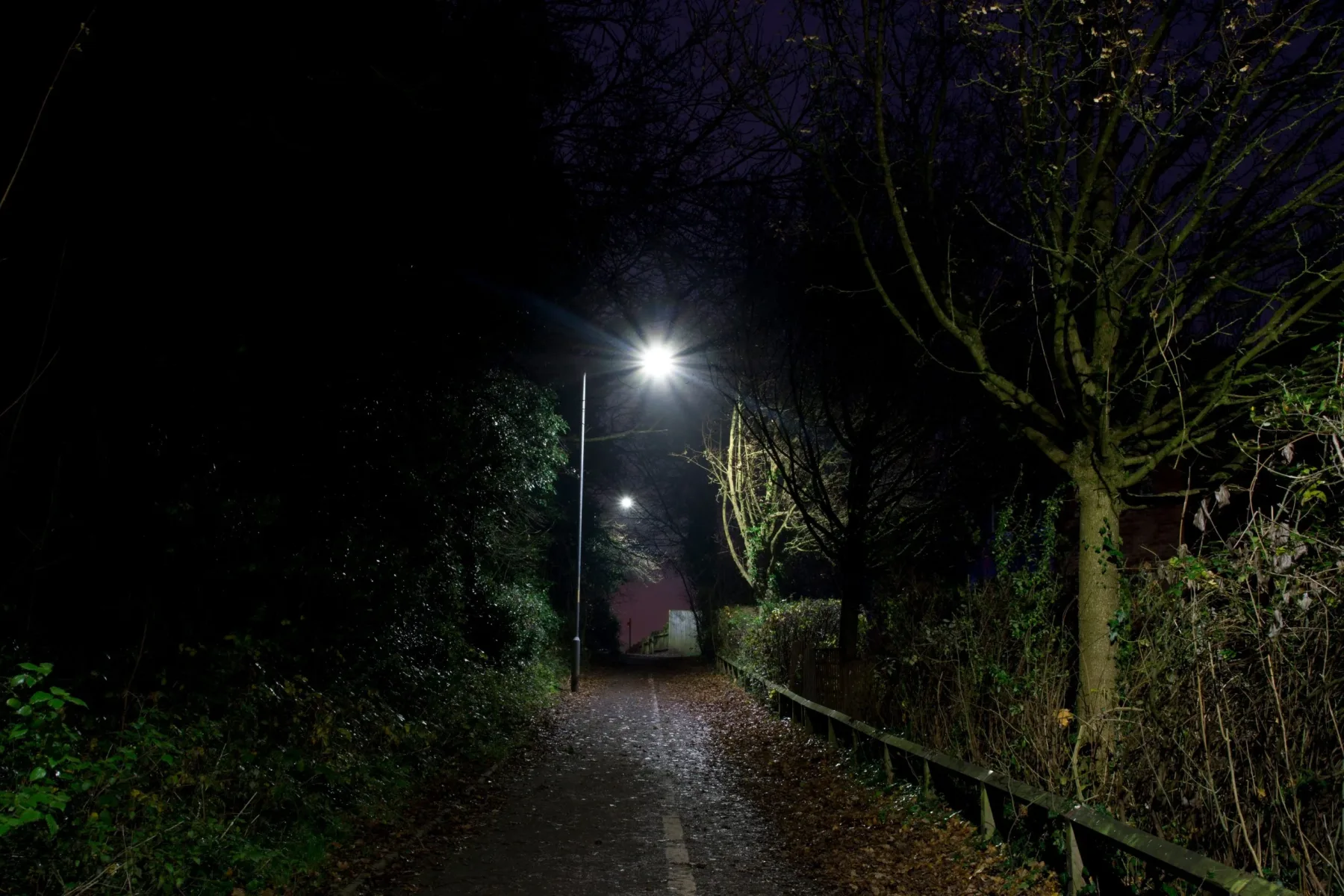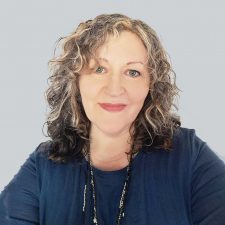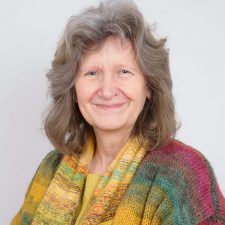“When the light begins to change, I sometimes feel a little strange, A little anxious when it’s dark”
You don’t have to be an Iron Maiden fan to feel the truth of Steve Harris’ lyrics. While he refers to a primordial fear felt by a man walking alone, recent tragedy has sadly highlighted the fact that women in particular have very good reasons to fear dark public environments.
We are working hard to understand this at DFL and look for ways in which we can change this perception. Executive Director Richard Jackson is just one of a large number of runners within our team. With dark nights still here for a few weeks yet, we are all frustrated that going for a run after work is not a ‘sensible’ thing to do for many runners.
Given the lack of daylight available during winter, this is a shackle for many and in particular the women in our communities. Not just running, but dog walking, visiting friends and relatives, popping to the shops – the list goes on.
But does lighting really matter?
According to reports, Sarah Everard was walking down a well-lit street. So more street lighting may not necessarily be the only answer.
A recent survey by the Institute of Lighting Professionals (ILP) revealed that the common factors that reassured people out in public spaces after dark were a combination of the following:
- Access to people who would help them if they got into trouble
- Presence of street lighting
- Spatial features with wide and open streets with a good view ahead
- Familiarity with the area
The article, featured in Lighting Journal September 2021 also points out that ‘perceived’ safety must be taken into account as much as actual safety.
This means that we need to take into account how people feel about lighting in public places, as much as its direct correlation with crime statistics.
Safety in numbers
If more of our public spaces and streets were lit with this mind, it follows that we would be likely to see an increase in foot traffic.
Community spaces which invite visits can only be a positive thing for our towns and cities. We know that mental health is improved by fresh air, exercise and time spent with others. We know that our physical health is improved by daily walks or exercise. We know that many are isolated through lack of transport options when the nights draw in.
Inviting spaces will increase footfall, thus improving the real threat behind out at night – isolation. No matter how dark a space is, if there are people about crimes are unlikely to be committed with witnesses.
So yes, we need lighting – but good lighting that encourages time spent in those places.
What is ‘good’ lighting?
Here at DFL we pride ourselves on designing not just for people, but for our environment and our wildlife too.
There is no perfect generic solution. But there is a solution for each space and street. Lighting surveys can show how use of well-designed and cleverly placed lamps will turn a dimly lit place into a welcoming community space that invites regular use with minimal environmental impact.
The more welcoming spaces we can create, the richer our communities will be, and the safer women will feel after dark.
Not only this but we feel there is a need to change on the priority of lighting, why are we putting the most light on motorways, and the least light on footpaths. We are exploring the reasoning behind this and want to see how we can give lighting priority to the user on foot.
Another thing we will be looking at in the coming weeks and months in order to promote our green economy and reduce the fear of crime on our streets.























